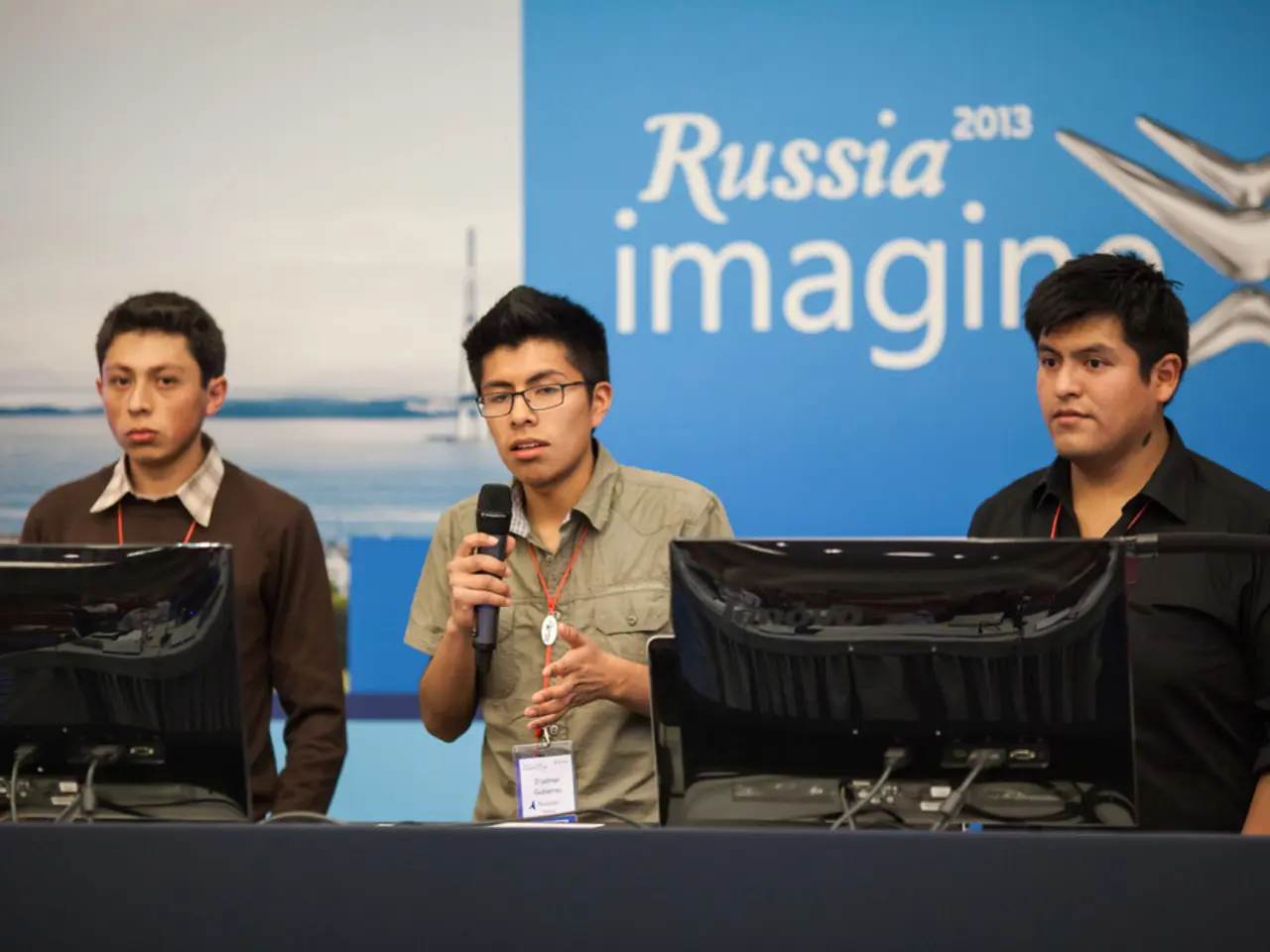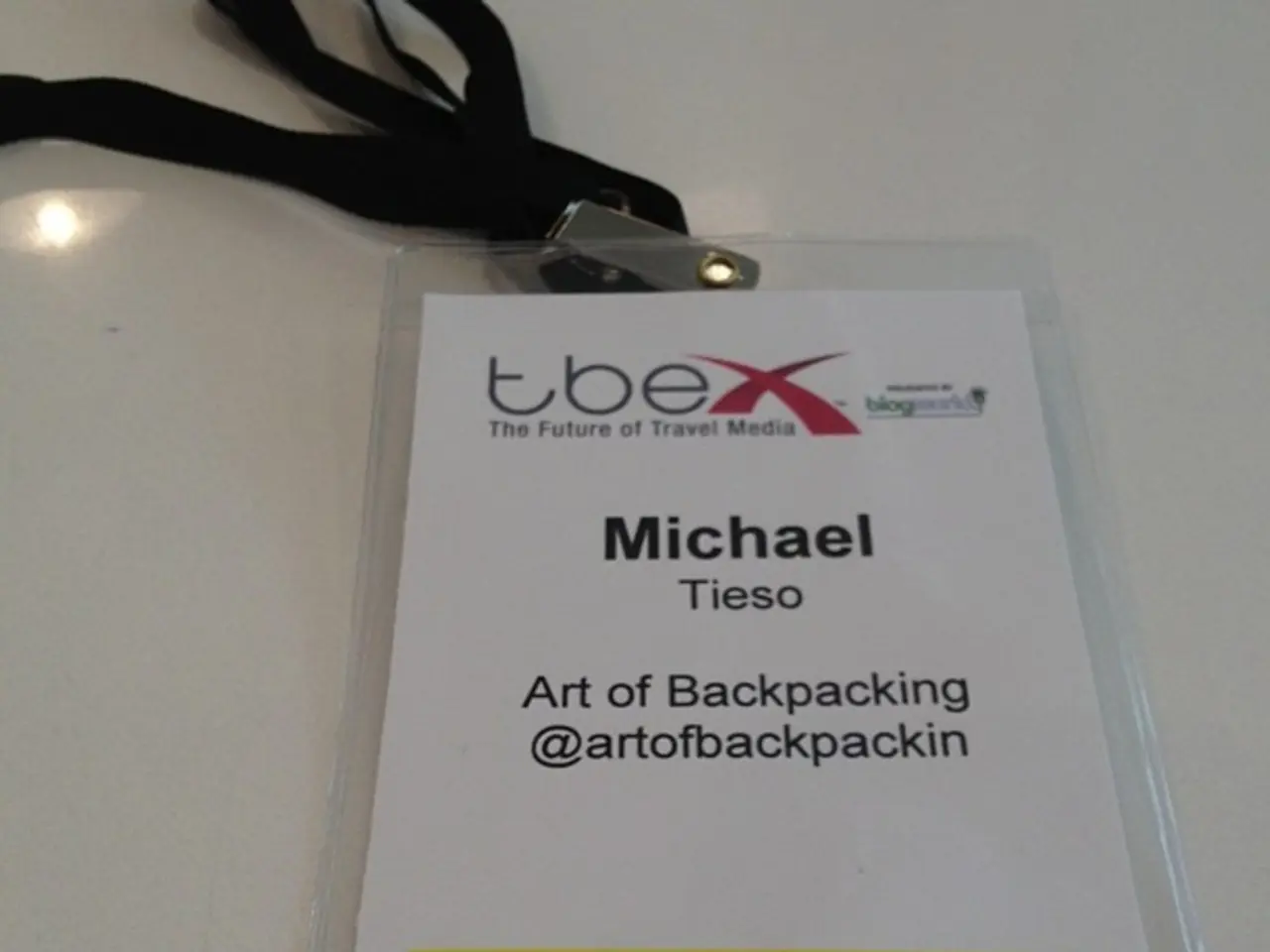Transformation Strategy: ATSC 3.0 as the Connecting Link Between Traditional Broadcasting and AI-Powered Media Industry
The media landscape is undergoing a significant transformation, with artificial intelligence (AI) and the next-generation broadcasting standard, ATSC 3.0, disrupting traditional broadcasting. This convergence presents both opportunity and imperative for broadcasters, as they have a finite transition window that penalizes late adopters.
Leveraging ATSC 3.0 as a Smart Media Hub
Broadcasters can use ATSC 3.0 as a technical foundation for smart media hubs. Instead of just transmitting fixed schedule content, they can deploy ATSC 3.0 to deliver targeted content, interactive services, and even non-media applications such as broadcast positioning and enhanced communication functions. This flexibility enables new revenue streams beyond traditional advertising and deeper community engagement.
Integrating AI as a Cognitive Layer
AI enables broadcasters to move from static programming to dynamically personalized experiences. Key AI-powered capabilities include predictive analytics for forecasting audience preferences, optimizing scheduling, promotions, and ad placements in real time, personalization engines that tailor content presentation to individual viewers based on behavior, device, and context, computer vision to auto-generate metadata from content, supporting precise content targeting, and advanced attention tracking to serve promotional messages and interactive elements when viewers are most receptive.
Enhancing Accessibility and Immersive Experiences
Coupling ATSC 3.0 with AI-driven audio technologies such as Next Generation Audio (NGA) allows broadcasters to deliver multilanguage feeds, rich personalized audio mixes, and accessible audio description tailored to diverse audiences—making content more inclusive and engaging.
Employing AI-Enhanced Encoding and Streaming
Real-time, AI-powered encoding solutions optimize broadcast environments using ATSC 3.0, improving video quality and delivery efficiency.
Adopting Interactive and Emerging Digital Technologies
Broadcasters can integrate voice-controlled search (leveraging AI voice assistants) and augmented/virtual reality (AR/VR) graphics to create intuitive, immersive user experiences across multiple devices beyond traditional TV sets.
Implementing Transparent and Ethical AI Practices
To maintain trust, broadcasters must ensure AI algorithms are explainable and regularly audited to prevent bias and filter bubbles, balancing personalization with content diversity.
By combining the advanced transmission, targeting, and interactive capabilities of ATSC 3.0 with AI’s ability to predict, personalize, and optimize content delivery and user engagement, traditional broadcasters can evolve into intelligent media ecosystems that offer highly tailored, immersive, and community-connected experiences rather than mere one-way content distribution.
The transformation from traditional broadcasting to intelligent media ecosystems involves a shift from content-centric to data-centric media. Developing first-party data strategies becomes crucial as privacy regulations tighten and third-party cookies disappear.
ATSC 3.0, also known as "NextGen TV," provides broadcasters with the technical foundation to transform their operations. Broadcasters' unique assets, such as deep community roots and licensed spectrum, provide strategic differentiation in the media landscape.
Cross-platform analytics provide a unified view of viewer engagement needed for modern media. Rich metadata support in ATSC 3.0 allows AI systems to power sophisticated recommendations. ATSC 3.0's IP-based delivery system seamlessly blends over-the-air transmission with broadband connectivity.
Broadcasters must prioritize strategic, market-by-market deployment of ATSC 3.0 transmission capabilities. Partnerships with municipalities and device manufacturers are key to delivering additional revenue streams and enhancing ATSC 3.0 features. Innovative revenue models, such as hybrid advertising and subscription offerings, can differentiate broadcasters in the media ecosystem.
The existing emergency alert infrastructure, enhanced by ATSC 3.0's capabilities, ensures broadcasters remain indispensable for public safety communications. This transformative journey from traditional broadcasting to intelligent media ecosystems promises a future where broadcasters can deliver more engaging, personalized, and interactive content to their audiences.
- With ATSC 3.0, broadcasters can transform their infrastructure to accommodate smart media hubs, delivering more than just fixed schedule content.
- AI integration can empower broadcasters to personalize experiences dynamically, optimizing scheduling, promotions, and ad placements in real-time.
- By employing AI-driven audio technologies, broadcasters can make content more inclusive and engaging, delivering multilanguage feeds, personalized audio mixes, and accessible audio descriptions.
- Real-time, AI-powered encoding solutions can improve video quality and delivery efficiency in ATSC 3.0 broadcast environments.
- Broadcasters can create immersive user experiences by integrating voice-controlled search and augmented/virtual reality graphics across multiple devices.
- To foster trust among viewers, broadcasters should ensure AI algorithms are transparent and regularly audited to prevent bias and maintain content diversity.
- Combining ATSC 3.0's advanced capabilities with AI's predictive, personalized, and optimizing prowess can help traditional broadcasters evolve into intelligent media ecosystems.
- As data privacy regulations tighten and third-party cookies disappear, first-party data strategies become crucial for media organizations.
- Broadcasters can differentiate themselves in the media market by partnering with municipalities and device manufacturers, deploying strategic ATSC 3.0 transmission, and creating innovative revenue models, such as hybrid advertising and subscription offerings.




